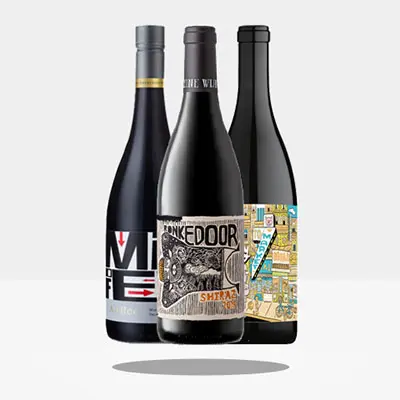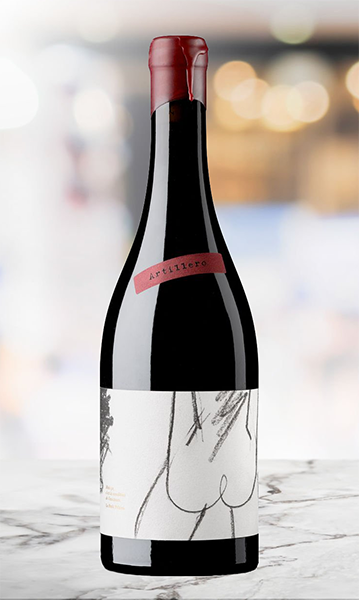
Merlot: A Wine for All Seasons
Ah, merlot. It’s got the power to divide a room into two distinct camps: those who appreciate it for its silky texture and versatility, and others who ascribe to the sentiment assigned to it from the movie Sideways, where the film’s protagonist, Miles (Paul Giamatti), refused to drink the stuff.
Pop culture aside, merlot is still one of the most popular types of wine and the third most widely planted grape variety in the world. Let’s find out why.
Where Does Merlot Come From?
Merlot is a French variety of Vitis Vinifera, one of the noble grapes that make up the cuvée for Bordeaux reds. Though it’s been exported and planted in many other wine-growing regions, Bordeaux is where it reaches its full potential.
Merlot is a component of the Bordeaux blend, meant to add fruitiness and soften the rough edges of cabernet sauvignon, used in varying degrees depending on the vintage and specific sub-region.
However, in St-Emilion and Pomerol, merlot is the undisputed king. The most coveted, long-lived, and valuable wines in these regions are 100% merlot, fetching thousands of dollars on release and much more at auction. Le Pin and Chateau Petrus are easily the most famous merlots, and their elegance and quality are the stuff of legend.
It’s those wines, specifically, that put merlot on the world stage and escalated demand for it everywhere. Suddenly, merlot was impossible to keep in stock, regardless of its quality or provenance, and in the struggle to meet demand, much mediocre wine was made. The bubble was bound to burst.
What Does Merlot Taste Like?
Merlot’s most typical flavor and aromatic characteristics are redcurrants, cassis, raspberry, blueberry, and red plum. The aromas are intensely fruity and lean towards red berry. When it’s aged in oak, merlot will develop a creamy vanilla character on the mid-palate, and with age, it develops spicy, dark chocolate notes—this describes merlot at its very best.
Cool-climate merlot, such as those from Bordeaux, Northern Italy, Canada, or New Zealand, tends to be a little more austere, meaning the tannins are a bit higher (you’ll feel a drying sensation in the mouth). They are also lighter in body, for the most part, and you might notice dill and green pepper nuances if the vintage was particularly cool.
Merlot is a fairly early ripener, so it’s easier to grow than cabernet sauvignon in some regions, but you’ll almost always find it in places where cab sauv is grown as they are often blended.
What Kinds of Food Pair with Merlot?
Merlot is generally a medium-bodied wine with a low tannin content, making it an excellent match for all kinds of food.
Lamb is an excellent and classic merlot pairing, and wines with a bit of age on them do very well with any kind of braised meat. For example, new world merlot from California, Argentina, or Chile, is perfect with steak, roasted meats, and barbeque.
Merlot is also a great wine on its own, perfect for pre-dinner sipping or as a party wine.






